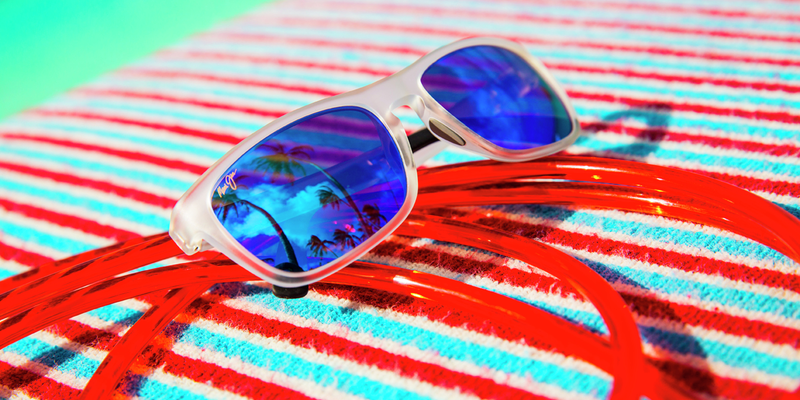Fireworks injuries cause approximately 10,000 visits to the emergency department each year. Most of those visits involve children who suffer thousands of eye injuries.1 Though the most disabling injuries occur with illegal firecrackers, most injuries are caused by legal fireworks parents buy for their children, such as sparklers, firecrackers, bottle rockets, and Roman candles.
Every year, ophthalmologists – physicians who specialize in medical and surgical eye care – treat thousands of patients who suffer a range of fireworks-related injuries, from cuts and bruises to damaged corneas and ruptured eyeballs. To help reduce the number of potentially blinding fireworks accidents this holiday, Envision Eye Care joins the American Academy of Ophthalmology in working to share important information about fireworks injuries.
Here are five fireworks facts you should know:
- Sparklers are NOT safe for young children. Sparklers burn at around 2000 degrees, hot enough to melt some metals. Sparklers are responsible for most of the injuries to children age 5 and younger.1
- It’s not necessarily safer to view fireworks than it is to light or throw them. Bystanders are injured by fireworks as often as fireworks operators.Eye trauma contributes to an estimated 18 percent of the total number of fireworks injuries. 2
- Consumer fireworks are not always safe. Sparklers and firecrackers each account for 1,400 injuries to the eyes. The parts of the body most often injured were hands and fingers (an estimated 36 percent); head, face, and ears (an estimated 19 percent); eyes (an estimated 19 percent); legs (an estimated 10 percent); and arms (an estimated 5 percent).1
- It is not safe to pick up a firework after it has been lit. Even though it looks like a dud, it may not act like one.
- The Fourth of July can still be a “blast” without using consumer fireworks. The Academy advises that the safest way to view fireworks is to watch a professional show.
If you experience a fireworks injury, ophthalmologists urge you to minimize the damage to the eye by doing the following:
- Seek medical attention immediately.
- Do not rub the eye. Rubbing may make the injury worse.
- Do not attempt to rinse the eye.
- Do not apply pressure to the eye.
- Do not remove objects from the eye,
- Do not apply ointments or take pain medications before seeking medical help
[1] https://www.cpsc.gov/s3fs-public/pdfs/Fireworks_Report_2014.pdf







